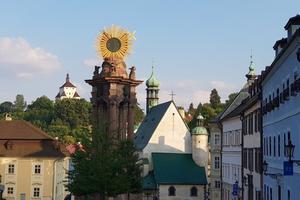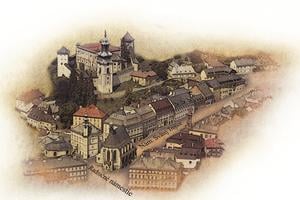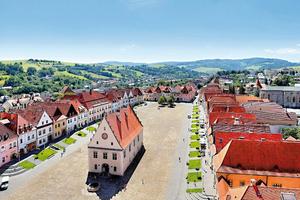Slovakia now has eight sites included on the UNESCO World Heritage List.
On July 30, 2021, the UNESCO World Heritage Committee decided to add the western part of the Danube Limes, which includes two cultural monuments on Slovakia's territory, to the list in a secret ballot, the TASR newswire reported.
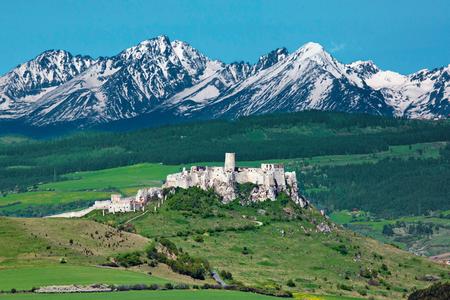
The limes stretched from Great Britain to Central and Eastern Europe and from the Middle East to North Africa. Danube Limes refers to the military frontier of the former Roman Empire that follows the course of the Danube River from the German state of Bavaria through Austria, Slovakia, Hungary, Croatia, Serbia, Bulgaria and Romania.
The list entry concerns only the western part of the frontier, stretching from the Bavarian town of Bad Goegging to the village of Iža in eastern Slovakia.
"The inscription is not only an appreciation of the exceptional value of these monuments, but it is also a stimulus for their better protection and preservation, as well as for the sustainable development of the affected municipalities and regions based on cultural heritage," said Ľubica Pinčíková of the Monuments Board of the Slovak Republic, who led the nomination on the Slovak side, as quoted by the TASR newswire.
The site was jointly nominated by Slovakia, Germany and Austria. The two cultural remains located in Slovakia are the Gerulata Roman military encampment in Bratislava and the Klementia military fort in Iža.
UNESCO sites in Slovakia
Banská Štiavnica and surroundings (1993), Spišský Hrad castle and surroundings (2009), Vlkolínec (1993), caves and gorges of the Slovak Karst (1995, 2000), (Caves accessible to the public: Dobšinská Ice Cave, Domica, Gombasecká, Jasovská, Krásnohorská, Ochtinská aragonitová and Silická ľadnica) Bardejov (2000), Carpathian Primeval Beech Forests in Poloniny and Vihorlat (2007), Wooden churches (2008)(Greek Catholic: Ruská Bystrá, Ladomírová, Bodružal, Roman Catholic: Tvrdošín, Hervartov, Protestant: Kežmarok, Hronsek, Leštiny), Levoča (2009)
"I perceive [the inscription] an issue of international prestige, as well as a commitment to approach these localities with respect and the aim to preserve them for future generations," said Slovak Foreign Minister Ivan Korčok, thanking the Slovak diplomats who took part in the effort. He noted the preparations required the cooperation of the Monuments Board of the Slovak Republic, the Bratislava City Museum, archeologists and experts on cultural heritage protection, as well as the representatives of Bratislava and Iža.
Hungary was originally part of the efforts, but it later withdrew from the joint bid that Germany, Austria, Hungary and Slovakia submitted in February 2018 to have the Western Segment of the Danube Limesinscribed on the UNESCO heritage list.
Hungary withdrew from the bid earlier in June, arguing that the whole Limes Romanus should be inscribed.
Pinčíková of the Monuments Board noted that a bid to inscribe the eastern part of the Danube Limes on the UNESCO heritage list is expected in the coming years. It should include Roman monuments in Hungary, Croatia, Serbia, Bulgaria, and Romania.
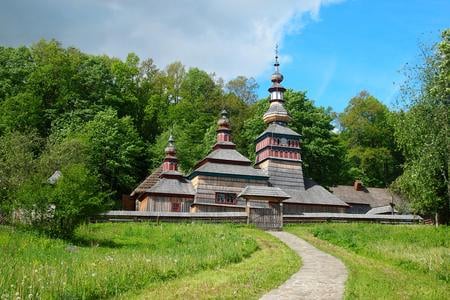
Spectacular Slovakia travel guides
A helping hand in the heart of Europe thanks to the Slovakia travel guide with more than 1,000 photos and hundred of tourist spots.
Detailed travel guide to the Tatras introduces you to the whole region around the Tatra mountains, including attractions on the Polish side.
Lost in Bratislava? Impossible with our City Guide!
See some selected travel articles, podcasts, traveller's needs as well as other guides dedicated to Nitra, Trenčín Region, Trnava Region and Žilina Region.


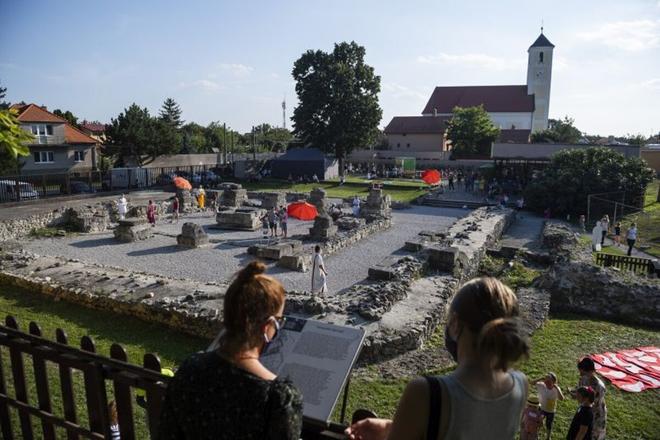 Gerulata in Bratislava - Rusovce (source: TASR)
Gerulata in Bratislava - Rusovce (source: TASR)
